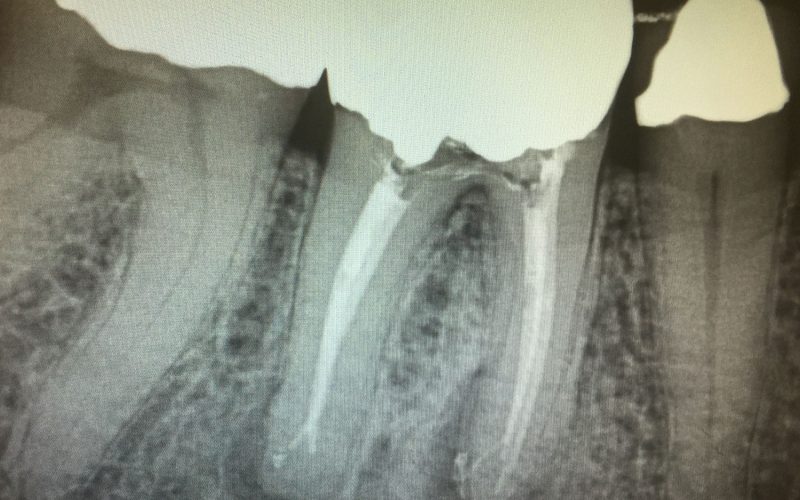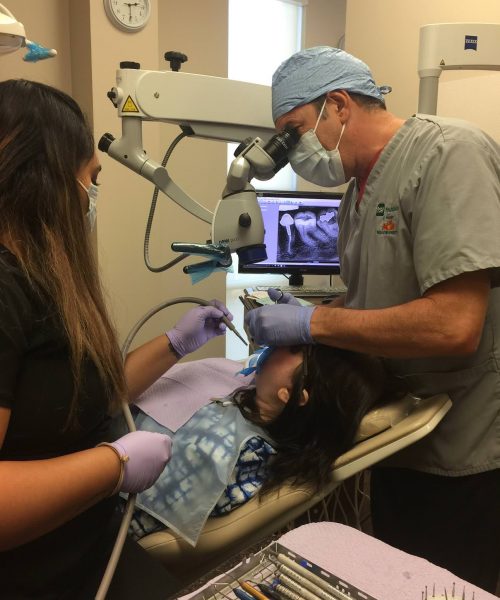With the appropriate care, your teeth that have had endodontic treatment may last as long as other natural teeth. Yet, a tooth that has received treatment may develop post-treatment disease, or pain/ discomfort may persist to exist. Occasionally, the pain may occur months or years after treatment. If so, Endodontic Retreatment may be needed.
Improper healing may be caused by:
- Curved or narrow canals were not treated suitably during the initial treatment.
- Complicated canals went undetected during the initial treatment.
- The crown or restoration was not placed within the appropriate amount of time following the procedure.
- The crown or restoration did not prevent saliva from contaminating the inside of the tooth.
- The compromised immune response of the patient; such as poorly controlled diabetic and patients with other health conditions.
In some cases, new problems can influence a tooth that was successfully treated:
- New decay can expose a root canal filling material, causing infection.
- A cracked or loose filling or crown can expose the tooth to a new infection.
Issues associated with centric or eccentric bruxism, such as clenching and grinding.
Once retreatment has been selected as a treatment alternative, the doctors will numb you up and regain access to the inside of your tooth. The original restorative material will be removed to enable access to the root canal. The doctors will shaped and clean the canals and microscopically examine the inside of the tooth for the presence of additional canals, contaminated tissues, or the presence of fractures. Once shaped and cleaned, the doctors will fill the canals to prevent microbes from colonizing the area and place either a temporary or a final filling.
At this point, you will need to return to your dentist as soon as possible in order to have a new crown or restoration placed on the tooth to restore full functionality.


